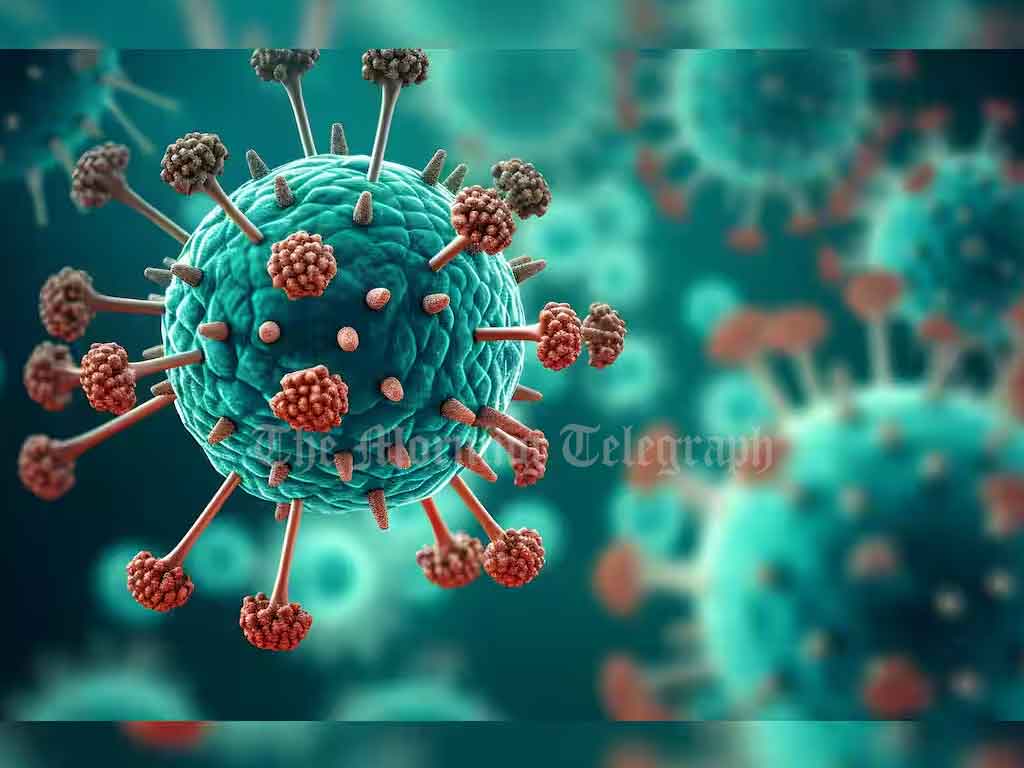
China is currently experiencing a rise in cases of Human Metapneumovirus (HMPV), raising public health concerns as hospitals grapple with overcrowding. This comes amidst reports suggesting the presence of multiple respiratory pathogens, including HMPV, influenza A, Mycoplasma pneumoniae, and even COVID-19. Here’s what you need to know about HMPV and its implications.
What is HMPV?
Human Metapneumovirus (HMPV) is a respiratory virus that causes infections in both the upper and lower respiratory tract. Discovered in 2001, the virus affects people across all age groups but is particularly dangerous for young children, the elderly, and those with weakened immune systems. According to the Centers for Disease Control and Prevention (CDC), it is a leading cause of respiratory illnesses worldwide.
Symptoms of HMPV
HMPV presents symptoms similar to the flu and other respiratory infections. Common signs include:
- Cough
- Fever
- Nasal congestion
- Shortness of breath
In severe cases, HMPV can lead to bronchitis or pneumonia. The incubation period ranges from 3 to 6 days, with symptom duration varying by severity.
Modes of Transmission
HMPV spreads in a manner similar to other respiratory viruses, such as COVID-19. Transmission occurs through:
- Respiratory droplets from coughing or sneezing
- Close personal contact, such as shaking hands
- Contact with contaminated surfaces followed by touching the face
Who is at Risk?
Certain groups are at higher risk of developing severe HMPV infections, including:
- Children under 5 years old
- Elderly individuals
- People with compromised immune systems
Prevention Tips
Since no specific vaccine or antiviral treatment for HMPV exists, prevention relies on good hygiene practices:
- Hand Hygiene: Wash hands frequently with soap and water for at least 20 seconds.
- Avoid Face Touching: Refrain from touching your face with unwashed hands.
- Maintain Distance: Stay away from individuals showing respiratory symptoms.
- Clean Surfaces: Regularly disinfect commonly touched objects like doorknobs and toys.
- Cover Coughs and Sneezes: Use tissues or your elbow to prevent spreading droplets.
Management and Treatment
Currently, there is no targeted treatment for HMPV. Medical care focuses on symptom relief, including hydration, fever management, and oxygen support for severe cases. If you or a loved one experiences difficulty breathing, seek medical attention promptly.
HMPV vs. COVID-19
HMPV and COVID-19 share similar symptoms, including fever, cough, and respiratory distress. Both viruses spread through respiratory droplets, but HMPV typically peaks during winter and spring, whereas COVID-19’s spread is more year-round due to variant adaptability.
Unlike COVID-19, HMPV does not have a vaccine or antiviral therapies, making prevention and supportive care critical. Reports suggest that the immunity gap created during COVID-19 lockdowns may have contributed to the recent surge in HMPV cases.
Global Implications
While not as globally disruptive as COVID-19, the surge in HMPV highlights the need for vigilant public health measures to address respiratory pathogens. Health authorities are urging individuals to practice preventive measures and seek medical care if symptoms worsen.
This outbreak serves as a reminder of the importance of maintaining robust healthcare systems to manage overlapping respiratory infections during peak seasons.




